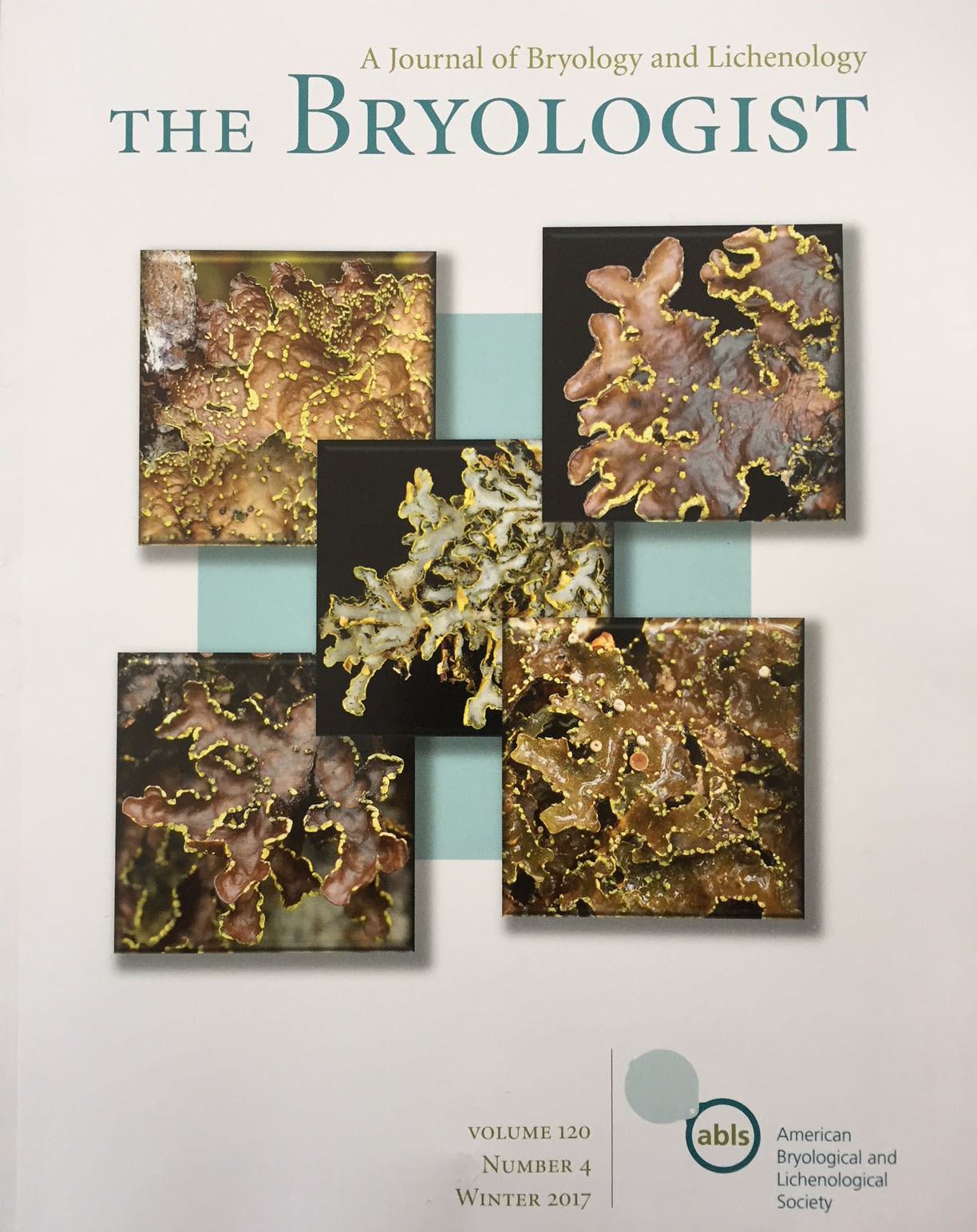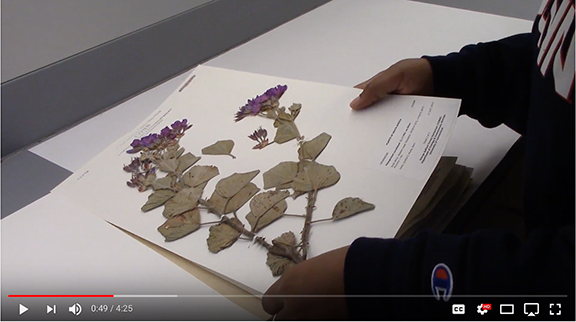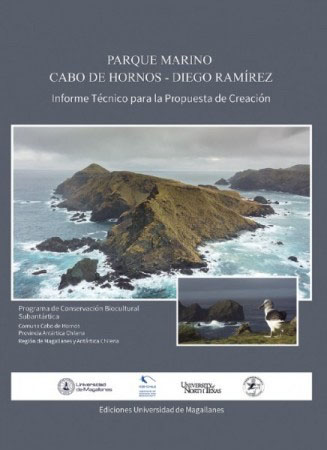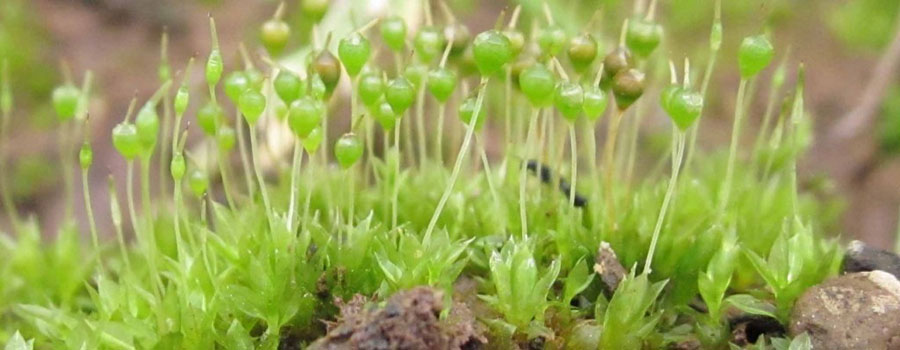 Robert Lücking and colleagues completed a revision of a complex of lichen species, of which specimens from Chile, are deposited in CONN.
Robert Lücking and colleagues completed a revision of a complex of lichen species, of which specimens from Chile, are deposited in CONN.
Lücking R., B. Moncada, B. McCune, E. Farkas, B. Goffinet, D. Parker, J. L. Chaves, L. Lőkös, P. R. Nelson, T. Spribille, S. Stenroos, T. Wheeler, A. Yanez-Ayabaca, K. Dillman, O. T. Gockman, T. Goward, J. Hollinger, E. A. Tripp, J. Villella, W. R. Álvaro-Alba, C. Julio Arango, M. E. S. Cáceres, L. Fernando Coca, C. Printzen, C. Rodríguez, K. Scharnagl, R. Rozzi, E. Soto-Medina & L. S. Yakovchenko. 2017. Pseudocyphellaria crocata (Ascomycota: Lobariaceae) in the Americas reveals to be ten species, and none of them is Pseudocyphellaria crocata. The Bryologist 120: 441–500.
Abstract reads: We provide a phylogenetic revision of the Pseudocyphellaria crocata complex in the Americas. Specimens traditionally identified as P. crocata, based on their cyanobacterial photobiont, yellow pseudocyphellae, at least partially white medulla, and yellow soralia or soralia-like structures, are shown to represent 13 distinct species, forming a monophyletic group divided into four large clades, three comprising one species each and one containing eight species, plus two taxa for which no molecular data are available. Seven species correspond to what was previously recognized as P. crocata and one to P. dozyana, whereas a further one is identified as the sorediate counterpart of the usually apotheciate taxon P. lechleri and another as a pseudosorediate morph of the usually phyllidiate species P. neglecta. Surprisingly, none of the species represents P. crocata s.str., which must therefore be excluded from the American lichen biota. The 13 recognized species include three species new to science and three new combinations: P. citrina (Gyeln.) Lücking, Moncada & S.Stenroos, comb. nov. [bas.: Cyanisticta citrina Gyeln., nom. nov. pro Sticta citrina Pers. nom. illeg.], P. desfontainii (Delise) Vain., P. deyi Lücking, sp. nov., P. dozyana (Mont. & Bosch) D.J.Galloway, P. epiflavoides (Gyeln.) Lücking, Farkas & Lokös, comb. nov. [bas.: Cyanisticta epiflavoides Gyeln.], P. hawaiiensis H.Magn., P. hillii (C.W.Dodge) D.J.Galloway, P. holarctica McCune, Lücking & Moncada, sp. nov., P. lechleri (Müll. Arg.) Du Rietz, P. neglecta (Müll. Arg.) H.Magn., P. punctata Lendemer, Lücking & Moncada sp. nov., P. sandwicensis (Zahlbr.) Moncada & Lücking, comb. nov. [bas.: Sticta crocata f. sandwicensis Zahlbr.], and P. xanthosticta (Pers.) Moncada & Lücking. Based on sequenced specimens, a neotype is selected for P. citrina and epitypes for P. hawaiiensis, P. lechleri, P. sandwicensis and P. xanthosticta. A key to all sorediate or pseudosorediate species of this complex in the Americas is presented, and all species are described, discussed and illustrated. pdf
 The Biodiversity Research Collection provides learning opportunities beyond EEB. Daniela Doncel, a journalism and French double major and student in creative writing at the University of Connecticut created a video now posted on Youtube that focuses on research conducted by EEB researchers in South Africa. Ms. Doncel is also the News Director at WHUS Radio at UConn and the president of the UConn Coalition of Writers, a creative writing club at the Storrs campus.
The Biodiversity Research Collection provides learning opportunities beyond EEB. Daniela Doncel, a journalism and French double major and student in creative writing at the University of Connecticut created a video now posted on Youtube that focuses on research conducted by EEB researchers in South Africa. Ms. Doncel is also the News Director at WHUS Radio at UConn and the president of the UConn Coalition of Writers, a creative writing club at the Storrs campus. The Biodiversity Research Collection provides learning opportunities beyond EEB. Daniela Doncel, a journalism and French double major and student in creative writing at the University of Connecticut created a video now posted on Youtube that focuses on research conducted by EEB researchers in South Africa. Ms. Doncel is also the News Director at WHUS Radio at UConn and the president of the UConn Coalition of Writers, a creative writing club at the Storrs campus.
The Biodiversity Research Collection provides learning opportunities beyond EEB. Daniela Doncel, a journalism and French double major and student in creative writing at the University of Connecticut created a video now posted on Youtube that focuses on research conducted by EEB researchers in South Africa. Ms. Doncel is also the News Director at WHUS Radio at UConn and the president of the UConn Coalition of Writers, a creative writing club at the Storrs campus.

 Medina R., M. Johnson, Y. Liu, N. Wilding, T. Hedderson, N. Wickett & B. Goffinet. 2018. Evolutionary dynamism in bryophytes: Phylogenomic inferences confirm rapid radiation in the family Funariaceae. Molecular Phylogenetics and Evolution 120: 240–247.
Medina R., M. Johnson, Y. Liu, N. Wilding, T. Hedderson, N. Wickett & B. Goffinet. 2018. Evolutionary dynamism in bryophytes: Phylogenomic inferences confirm rapid radiation in the family Funariaceae. Molecular Phylogenetics and Evolution 120: 240–247.  Robert Lücking and colleagues completed a revision of a complex of lichen species, of which specimens from Chile, are deposited in CONN.
Robert Lücking and colleagues completed a revision of a complex of lichen species, of which specimens from Chile, are deposited in CONN.